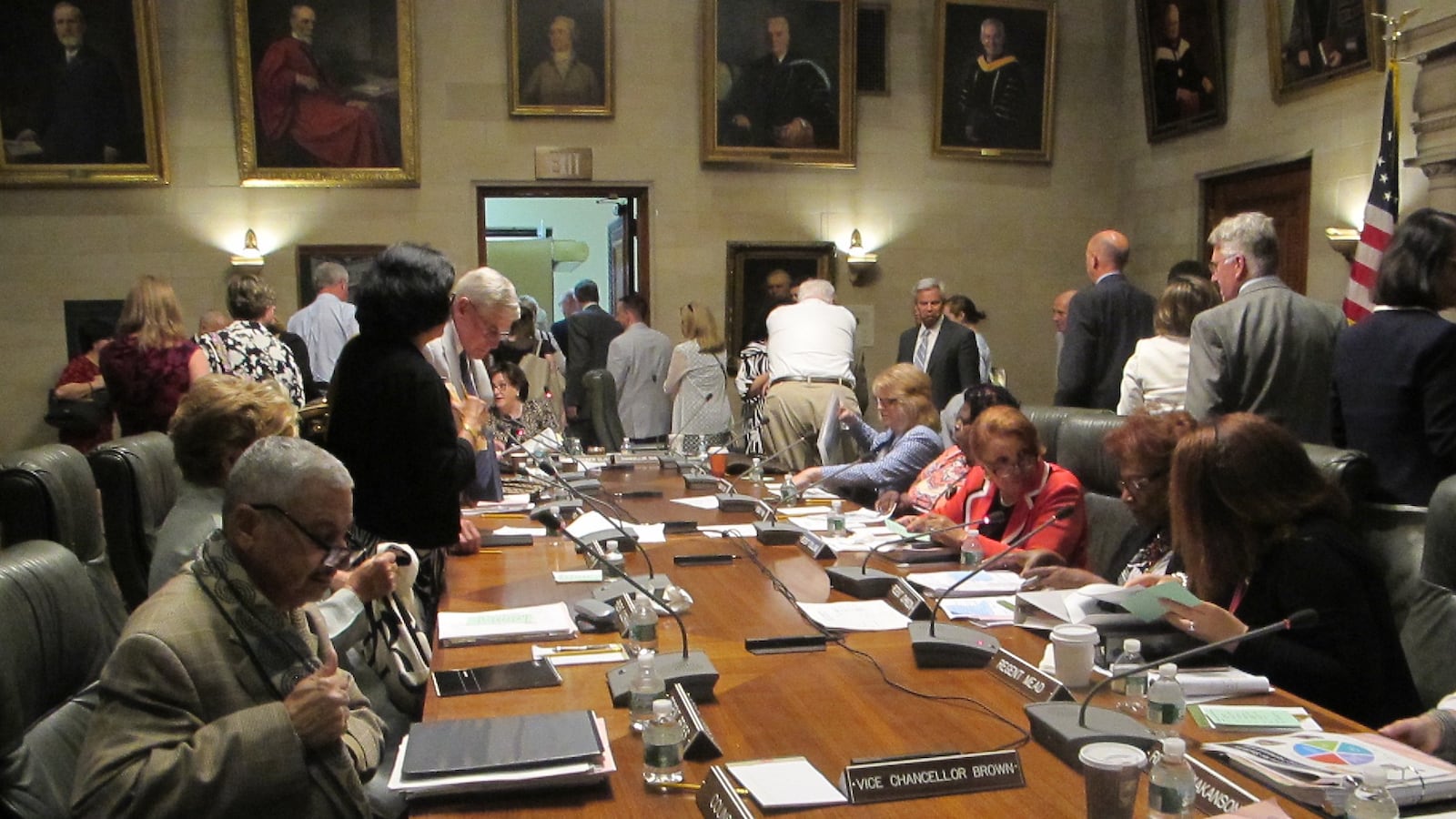New York state’s plan to evaluate schools under the new federal education law is evolving.
On Monday, education officials released revisions to their draft plan required by the Every Student Succeeds Act, adding out-of-school suspensions to the list of ways schools are rated. They also proposed changes to the way the state treats transfer schools and a clarification of what the law means for schools with high testing opt-out rates.
This 12-page document offers a side-by-side look at the current proposals, and how they differ from ones released in a May draft. The final plan is expected to go before the board in September.
Here are a couple of the big differences:
Suspension rates
In May, out-of-school suspensions were on the list of items schools had to report. Now, state officials say they will use out-of-school suspensions as a way to evaluate schools, beginning with the 2018-19 school year.
Suspensions disproportionately affect students of color, and groups like Educators for Excellence have pushed for school discipline data to be included in the plan. The state justified the change by saying there was “strong public support” for using this measure.
Transfer schools
In recent months, state education officials have gotten an earful from New York City transfer schools, which are mainly designed to help high school students who have fallen behind.
Transfer school students, parents and staff members worried the plan would treat their schools too harshly since federal law requires schools with graduation rates under 67 percent to be targeted for improvement.
In this redesigned plan, transfer schools would not automatically become receivership schools based on their graduation rates. Instead, the document states, “The commissioner will partner with the district to determine the most appropriate interventions for the school, which could still include receivership.”
“I’m very committed to making sure that we have an appropriate accountability system in place for transfer schools,” Elia said. “But I believe that all schools that are working with our students need to have accountability.”
The 95 percent participation rule
Under No Child Left Behind, states were required to have 95 percent of students participate in New York state standardized assessments. That’s proven tricky in New York, where as many as one in five families opted out of the tests in recent years to protest the emphasis placed on them.
The Every Student Succeeds Act carries over the earlier requirement and requires states to figure out a way to handle schools that have fallen below that mark. In the revisions released Monday, state officials say they will develop “guidance” about what will happen to those schools and tweaked the way they plan to evaluate schools with high opt-out rates.

